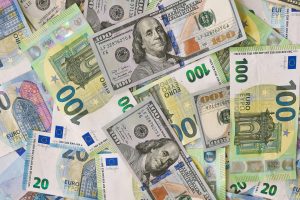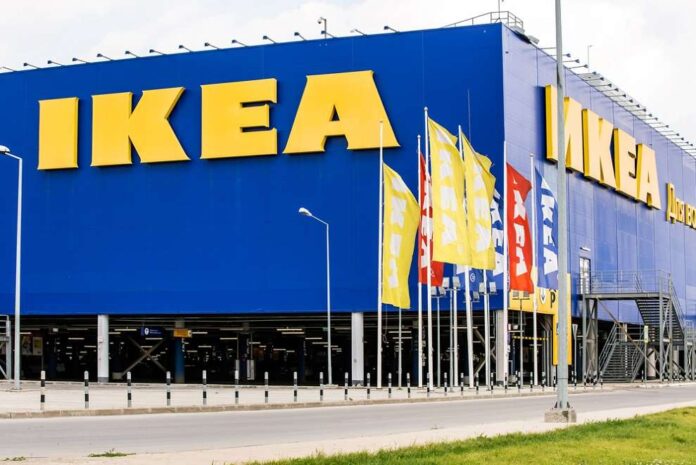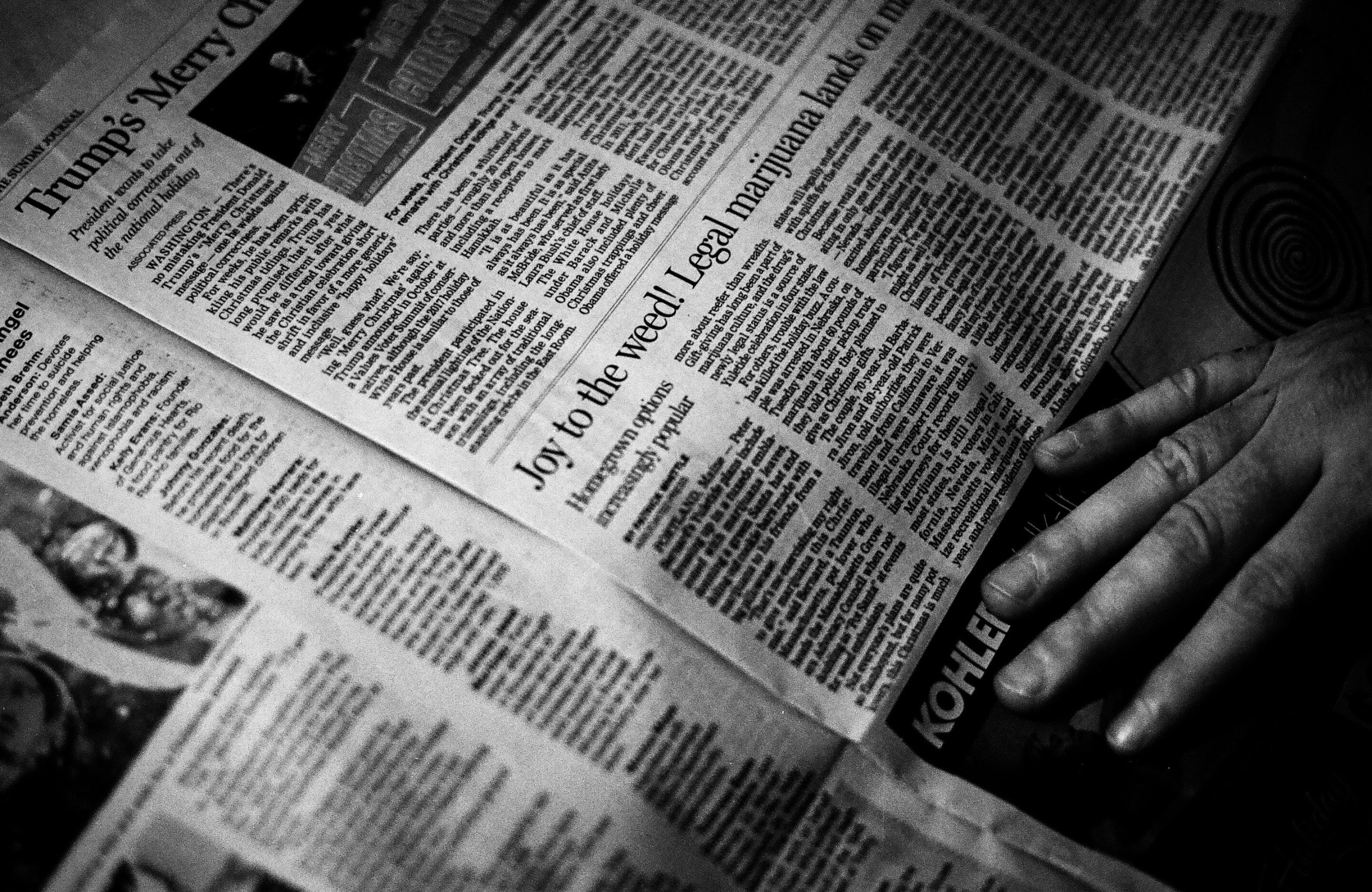In recent years, global trade disruptions have significantly impacted supply chains and manufacturing strategies worldwide. Companies like Ikea are increasingly evaluating the potential for boosting local production Boost to mitigate risks associated with international trade volatility. This article delves into Ikea’s strategic considerations for increasing US production, the benefits and challenges involved, and the broader implications for the global furniture industry.
The Impact of Global Trade Disruptions

Production
Global trade disruptions, such as tariffs, geopolitical tensions, and the COVID-19 pandemic, have highlighted vulnerabilities in international supply chains. These disruptions have led to increased costs, delays, and uncertainty for companies relying heavily on global manufacturing networks. For Ikea, which sources products from various countries, these disruptions have emphasized the need for more resilient and localized production Boost strategies.
Ikea’s Current Manufacturing Landscape
Ikea currently operates a global manufacturing network, with a significant portion of its products made in Europe and Asia. This network has allowed the company to leverage cost efficiencies and specialized manufacturing capabilities. However, the dependence on international suppliers also exposes Ikea to the risks associated with trade disruptions, including fluctuating tariffs, shipping delays, and geopolitical instability.
Rationale for Increasing US Production
Increasing production in the US offers several strategic advantages for Ikea:
1. Reducing Supply Chain Vulnerability
By boosting local production, Ikea can reduce its dependence on international suppliers and mitigate the risks associated with global trade disruptions. This move can ensure a more stable supply of products, minimizing delays and cost fluctuations.
2. Meeting Local Demand More Efficiently
Producing goods closer to the US market can enhance Ikea’s ability to respond quickly to local consumer demands and preferences. This proximity can lead to faster turnaround times, improved inventory management, and increased customer satisfaction.
3. Cost Savings on Tariffs and Shipping
Local production can help Ikea avoid tariffs imposed on imported goods and reduce shipping costs. These savings can be reinvested in other areas of the business, such as innovation, sustainability initiatives, and expanding retail operations.
Challenges of US Production
While the benefits are compelling, there are also significant challenges associated with increasing production in the US:
1. Higher Labor Costs
One of the primary challenges is the higher labor costs in the US compared to countries like China and Vietnam. This increase in labor expenses can impact the overall cost structure and pricing strategy for Ikea’s products.
2. Investment in Infrastructure
Boosting production in the US requires substantial investment in manufacturing infrastructure, technology, and workforce training. These upfront costs can be significant and may take time to yield returns.
3. Supply Chain Integration
Integrating new production facilities into Ikea’s existing supply chain requires careful planning and coordination. Ensuring a seamless transition and maintaining the quality and consistency of products are critical factors that need to be addressed.
Comparative Analysis: US Production vs. Global Production
| Factor | US Production | Global Production |
|---|---|---|
| Labor Costs | Higher | Lower (in countries like China, Vietnam) |
| Supply Chain Stability | More stable, less vulnerable to disruptions | More vulnerable to global disruptions |
| Tariff and Shipping Costs | Lower | Higher due to tariffs and shipping fees |
| Proximity to Market | Closer, faster response to demand | Farther, longer lead times |
| Infrastructure Investment | High initial costs | Established facilities, lower initial costs |
| Workforce Availability | High skill level, higher wage expectations | Varied skill levels, lower wage expectations |
| Environmental Impact | Potentially lower carbon footprint (local production) | Higher carbon footprint (long-distance shipping) |
Strategic Considerations for Ikea
To successfully increase US production, Ikea must carefully navigate several strategic considerations:
1. Location Selection
Choosing the right locations for new manufacturing facilities is crucial. Factors such as proximity to key markets, availability of skilled labor, and logistical infrastructure will play a significant role in the decision-making process.
2. Technology and Automation
Investing in advanced manufacturing technologies and automation can help mitigate the impact of higher labor costs in the US. Automated processes can improve efficiency, reduce production Boost times, and enhance overall productivity.
3. Sustainable Practices
Integrating sustainable practices into new manufacturing operations is essential. Ikea has a strong commitment to sustainability, and ensuring that US production facilities adhere to these principles will be important for maintaining the company’s brand reputation.
Potential Benefits for the US Economy
Increasing production in the US can have positive ripple effects on the local economy:
1. Job Creation
Establishing new manufacturing facilities can create numerous job opportunities, contributing to local employment and economic growth.
2. Skill Development
Investing in workforce training and development can enhance the skill set of the local labor force, fostering innovation and competitiveness in the manufacturing sector.
3. Strengthening the Manufacturing Base
Boosting local production can strengthen the overall manufacturing base in the US, promoting industrial growth and technological advancements.
Analysis Table: Key Factors Influencing Ikea’s US Production Strategy
| Key Factor | Description |
|---|---|
| Global Trade Disruptions | Impact of tariffs, shipping delays, and geopolitical tensions |
| Labor Costs | Comparison of labor expenses between US and international markets |
| Supply Chain Stability | Risks associated with reliance on international suppliers |
| Proximity to Market | Benefits of local production in meeting US consumer demand |
| Infrastructure Investment | Costs and considerations for establishing new facilities |
| Technology and Automation | Role of advanced manufacturing technologies in cost mitigation |
| Sustainable Practices | Importance of integrating sustainability into production processes |
| Economic Impact | Potential benefits for local employment and skill development |
Comparative Table: US Production vs. Global Production
| Factor | US Production | Global Production |
|---|---|---|
| Labor Costs | Higher | Lower (in countries like China, Vietnam) |
| Supply Chain Stability | More stable, less vulnerable to disruptions | More vulnerable to global disruptions |
| Tariff and Shipping Costs | Lower | Higher due to tariffs and shipping fees |
| Proximity to Market | Closer, faster response to demand | Farther, longer lead times |
| Infrastructure Investment | High initial costs | Established facilities, lower initial costs |
| Workforce Availability | High skill level, higher wage expectations | Varied skill levels, lower wage expectations |
| Environmental Impact | Potentially lower carbon footprint (local production) | Higher carbon footprint (long-distance shipping) |
In conclusion, Ikea’s potential increase in US production is a strategic response to the challenges posed by global trade disruptions. By evaluating and addressing the key factors influencing this decision, Ikea can enhance its operational resilience, better serve the US market, and contribute positively to the local economy.
Conclusion
Ikea’s examination of boosting US production amid global trade disruptions reflects a strategic shift towards more resilient and localized manufacturing approaches. While there are challenges to overcome, the potential benefits in terms of supply chain stability, cost savings, and market responsiveness make this a compelling consideration. By carefully addressing the associated challenges and leveraging opportunities, Ikea can enhance its competitive edge and contribute positively to the US economy.










